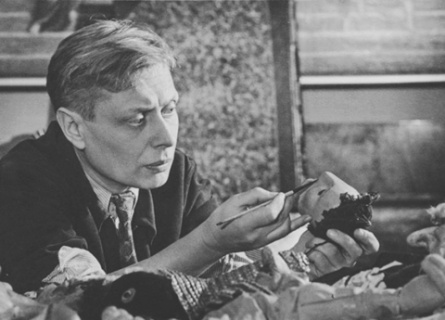
To be a great puppeteer, one must love the puppet more than oneself. This profound insight, once offered by a famous Russian actor who left the puppet stage for the human one, captures the central paradox of an art form where the artist’s greatest triumph is to disappear completely. Behind the vibrant stages of Russia’s historic puppet theaters lies a hidden world of intense dedication, physical strain, and a unique philosophy where inanimate objects become vessels for the country’s deepest stories.
My journey into this world was an accident. After years of working as a journalist, an animator, and a teacher, I thought I had learned to categorize every human personality. But life, sensing my overconfidence, led me back to a childhood passion: making dolls. The hobby became an obsession, a workshop filled with characters born from my hands. Yet, they felt empty, like money hoarded but never spent. Their lives, I realized, could only truly begin in a theater, a place where life itself is a grand illusion, and a puppet could be more real than an actor.
With a special doll named Serafima as my companion—a figure imbued with the quiet resilience of my grandmothers who survived the Siege of Leningrad—I found myself in a theater workshop. Despite my lack of formal training, they saw something in my creation and welcomed me in. It was here I discovered a new type of person: the puppeteer, someone who lives with their emotions on the outside, constantly observing the world not to imitate it themselves, but to translate its movements into the flicker of a puppet’s breath or the droop of a wooden shoulder.
The philosophy of this art is as old as theater itself. The ancient Greeks used masks to elevate actors into something more than human, a state that puppets naturally inhabit. As the legendary Russian puppeteer Sergey Obraztsov once said, a puppet acts as a “connecting link to another, higher world,” capable of expressing truths that a human actor cannot. The audience is not meant to see the strings or the puppeteer’s hand; they are meant to look into the puppet’s eyes and believe.
This magic demands an almost superhuman sacrifice. The puppeteer must become invisible, a torment for any performer. They must channel their entire being not just into a character, but into the physical form of the doll itself. “Breathe!” a director will scream during rehearsal, and in an instant, through a subtle manipulation of the controls, a wooden figure on stage will seem to draw a living breath. This skill is paired with grueling physical demands; holding a puppet weighing several kilograms on an outstretched arm for minutes on end takes a severe toll, forcing most puppeteers to wear back braces and undergo regular therapy just to continue their craft.
These theaters are living organisms, breathing with history and secrets. The buildings themselves feel alive, and the workshops are filled with the ghosts of past performances. The artisans and puppeteers are the theater’s soul, its indispensable foundation. They are the ones who repair a broken marionette, stitch a velvet curtain, and ultimately ensure that the illusion never breaks. Their work is a quiet rebellion against the ephemeral, a search for a tangible legacy.
In a world of fleeting digital information, trying to understand a civilization can feel impossible. Perhaps the answer lies in the things we make with our hands. A puppet is more than wood and paint; it is a repository of its creator’s spirit, a character in a cultural story that will outlive its maker. To create one is to leave a distinct and permanent imprint, a quiet trace of one’s existence woven into the fabric of culture itself.
